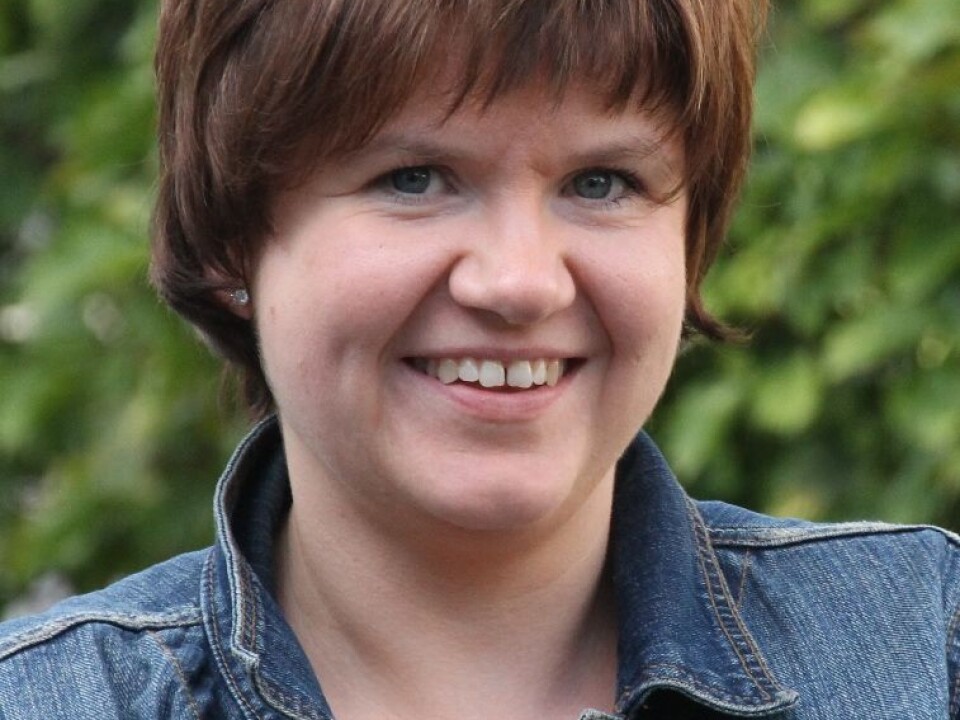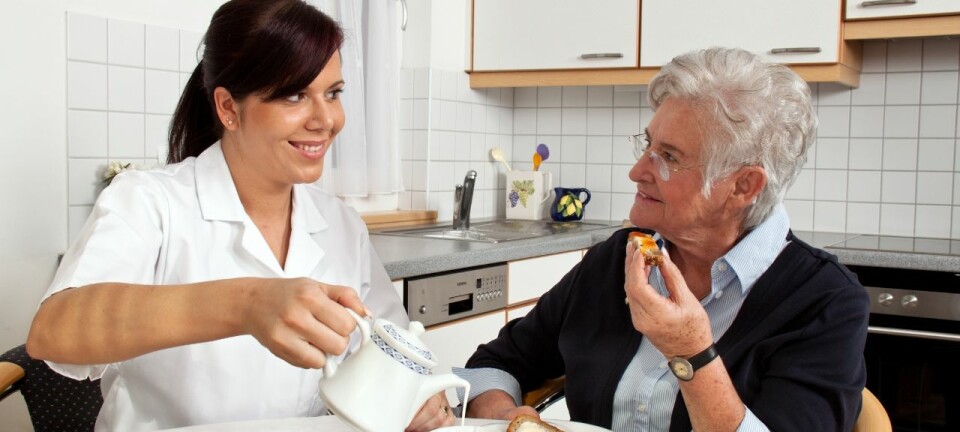
The welfare state reduces income gap between the exes
Women's incomes take the hardest hit after a divorce. In Norway the welfare state eliminates the difference between husband and wife by subsidising single parents.
Denne artikkelen er over ti år gammel og kan inneholde utdatert informasjon.
The economic damage caused by divorce has broad implications for social inequality and child poverty, especially as divorce rates are on the rise and more and more single parents are left to fend for themselves.
Better off in Norway than in the UK
The divorce rate in Norway and the United Kingdom is roughly the same, but a new study shows that divorced women are much better off in Norway, where an economic safety net softens their fall.
Researcher Anne Hege Strand at the Institute for Labour and Social Research in Norway compared the economic consequences of divorce in the two countries.
She says women in England lose about 20 percent of their income after divorce, on average, while men increase theirs by one-third.

In Norway, couples with children are worse off economically after divorce, but men and women are equally worse off.
The welfare state steps in
“Norway has an efficient and comprehensive system in place to support single parents,” says Strand.
Single parents in Norway receive additional child benefits, they pay reduced rates in the kindergarten and after-school programmes, and low-income single parents can receive a 'transitional allowance' or cash support for up to three years if they raise a child without a partner. They also benefit from lower tax rates than other parents.
“The Norwegian welfare state is much more generous than in other countries that we usually compare us with, such as Sweden,” says Strand.
Asked if the transitional allowance to single parents is costly for the average taxpayer, Strand says we're talking about “peanuts” compared to other social welfare expenses, such as sick leave.
“About 15 to 20 thousand single parents receive these handouts every year,” she says. “We're not talking about massive sums.”
Day care subsidies
Compared to women in the UK, Norwegian women are more likely to have an adequate income of their own while they are married. This is largely because of kindergarten subsidies, which make it easier to combine work and parenting.
“Having a kid in a kindergarten in London costs more than € 1,600 whereas in Norway there's a price cap of about € 300,” she says. “And for single parents it's even cheaper.”
The Norwegian state's kindergarten subsidies totals around € 3,7 billion per year. After-school programmes are also partially funded by the state.
Not about the oil advantage
Today Norway is one of the world's wealthiest nations because of oil income and can afford to spend big on kindergartens and newly divorced men and women. But Strand says today's policies can be traced back several decades.
“We had something called 'mother's insurance' in the sixties, when Norway wasn't particularly rich, and this was the predecessor of today's cash handouts. Even back then it was politically agreed that there should be some kind of state-sponsored minimum wage for single parents,” says the researcher.
She also argues that today's policies are economically sound: “Considering the impact of these policies, we should be proud to have them.”
She explains that while children suffer relatively little from divorce in Norway, in economic terms, divorce generates social inequality and in some cases child poverty in the UK and other countries.
Gender equality
While men still have higher incomes than women in Norway, on average, most women continue to work after they have children and economically they are less dependent on their male partners.
Today, the dependency is mutual – two incomes have become the norm for most families and it is very hard to make it on just one.
“Being without a partner is never an advantage,” says Strand, adding that the current real estate market is a good example – housing prices have skyrocketed in the past decade and for young buyers it is nearly impossible to manage a mortgage alone.
“So that's a side effect of gender equality,” says Strand. “But perhaps it's better this way.”
Asked if she thinks this mutual dependency of husbands and wives can strengthen marriages and reduce divorce rates, she says some argue marriages will in fact become more unstable, as “women with their own income can afford to leave.”
“But then again there's the mutual dependency,” she says. “There are changes in family behaviour, and we don't know yet what the consequences of these changes will be.”
Translated by: Glenn Ostling

































